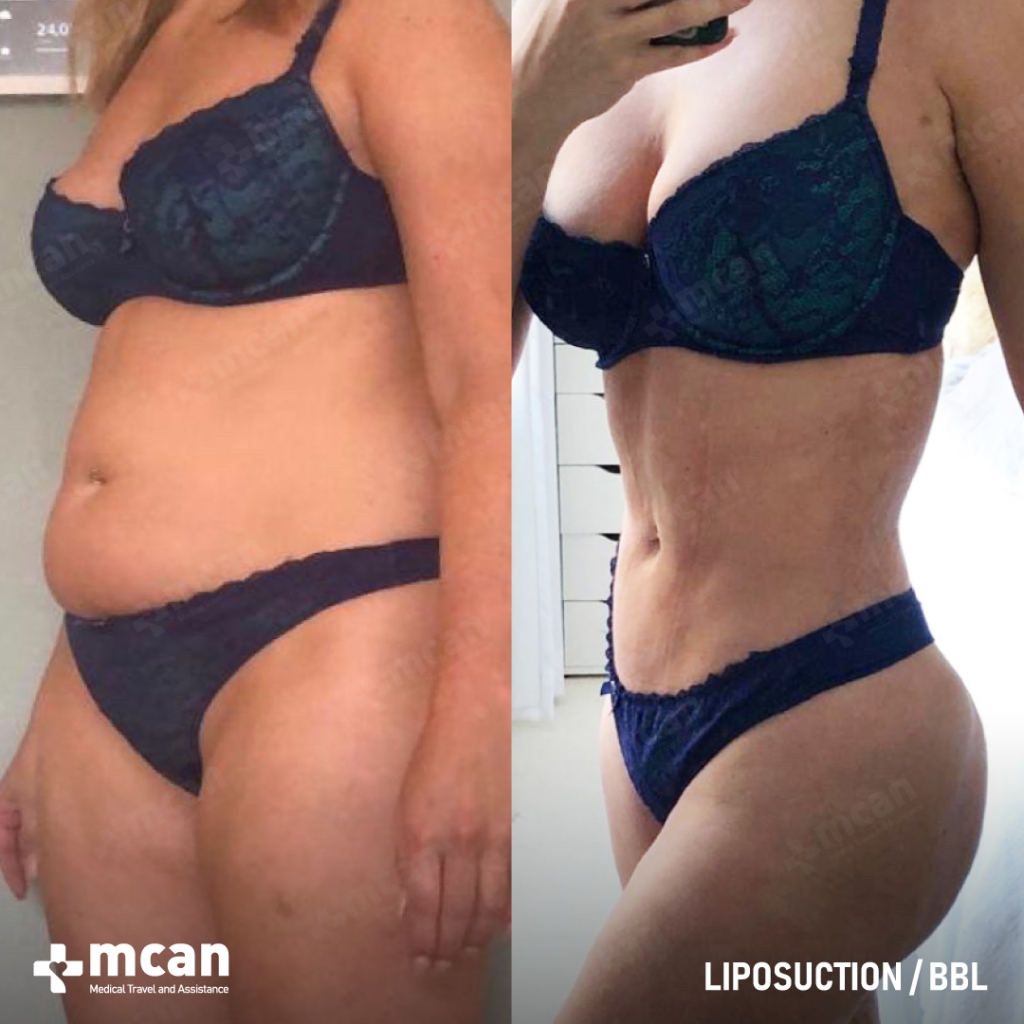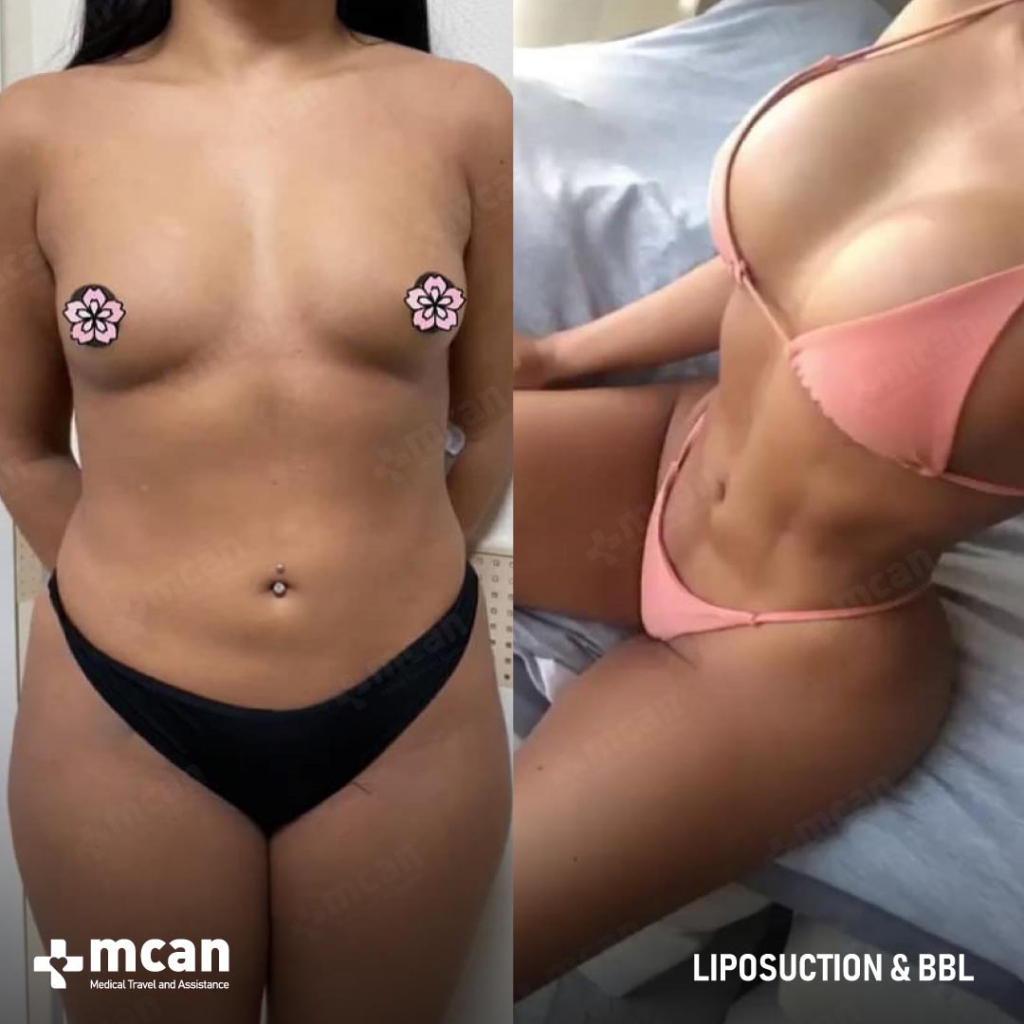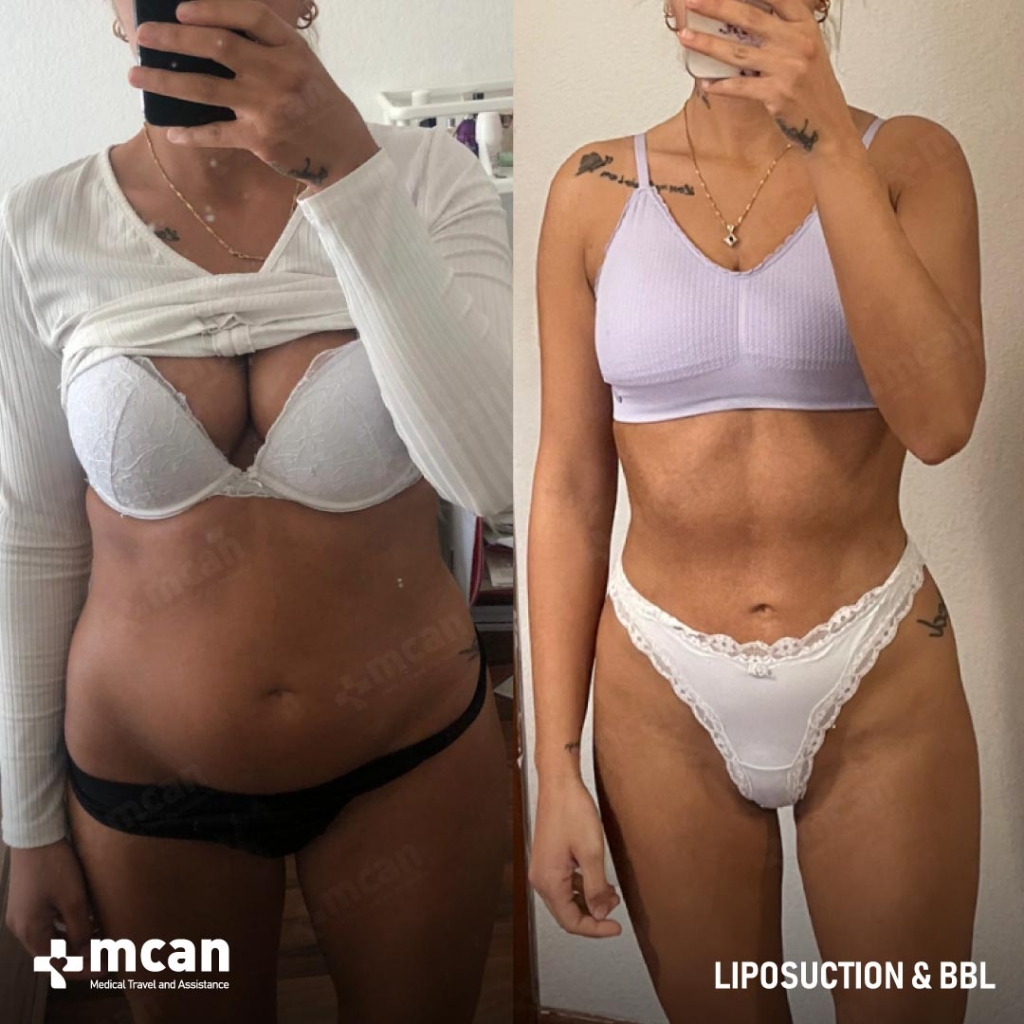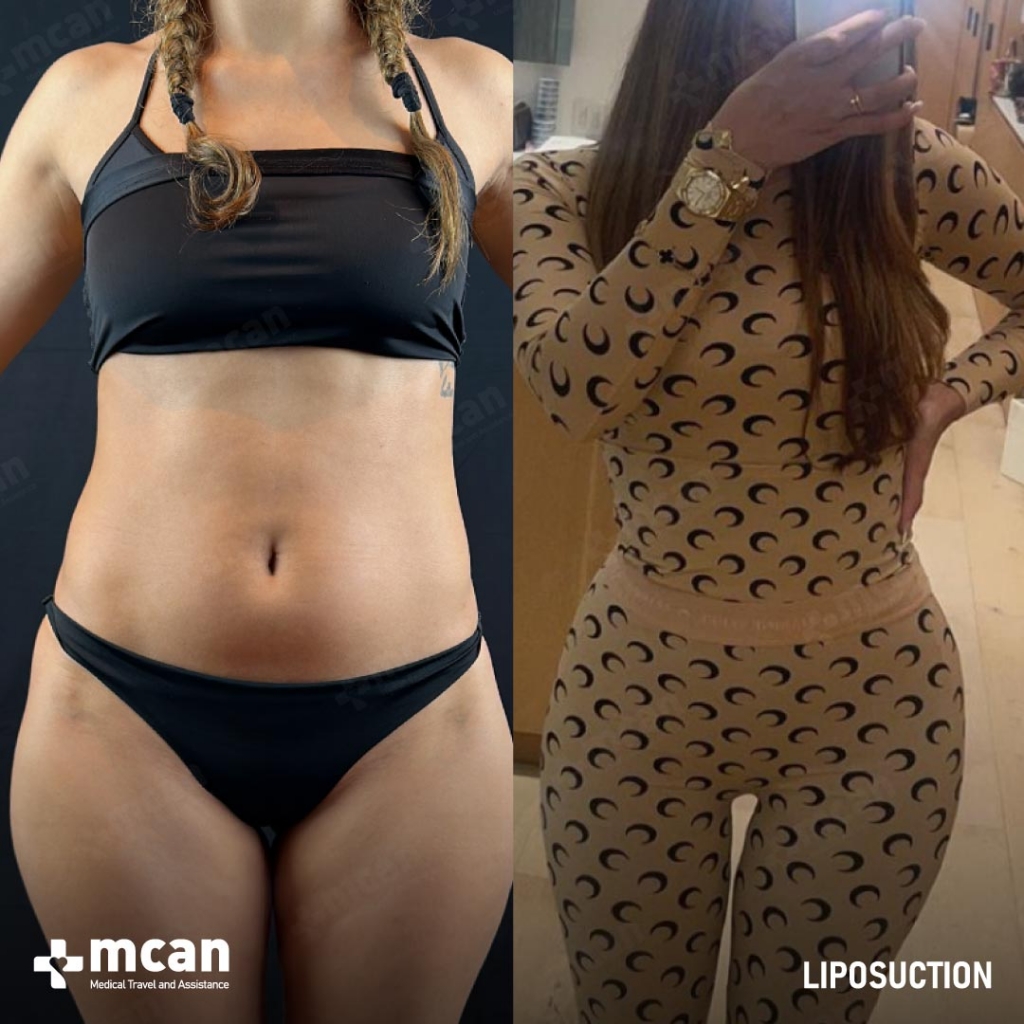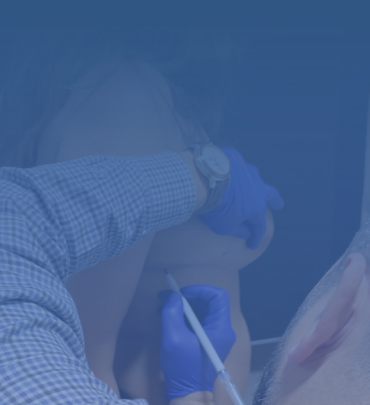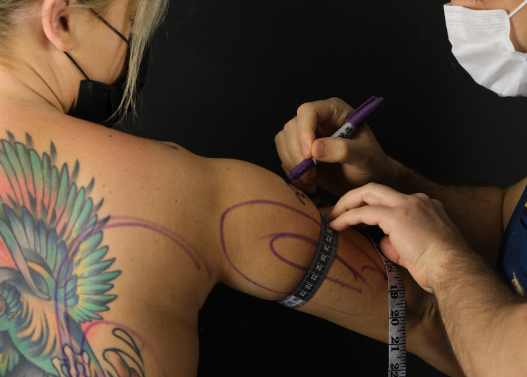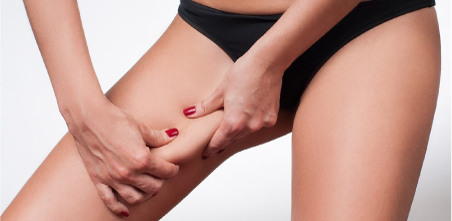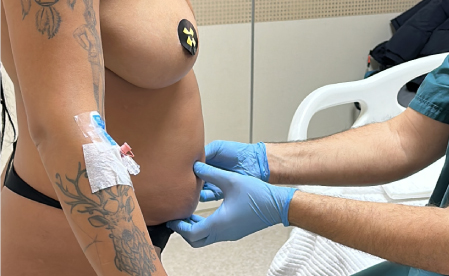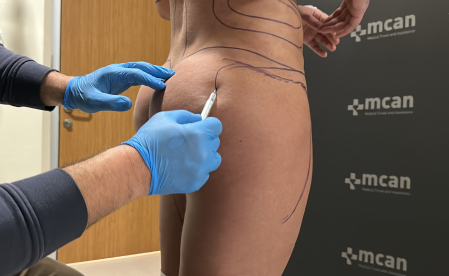Anesthesia
The procedure begins with anesthesia to ensure your comfort. Depending on the extent of the surgery, general anesthesia or local anesthesia with sedation may be used. General anesthesia is typically applied for larger areas, while local anesthesia may suffice for smaller, targeted fat removal.
Incision
Once the anesthesia takes effect, the surgeon makes small, discreet incisions near the target areas. These incisions are strategically placed to minimize visible scarring and allow for the insertion of a thin tube called a cannula.
Fat Removal
Using the cannula, the surgeon gently loosens and removes excess fat. Depending on the technique chosen, this may involve traditional suction, ultrasound energy (Vaser liposuction), or laser energy (laser-assisted liposuction). These advanced methods not only remove fat but also help contour the area for a smoother, more defined appearance.
Contouring and Shaping
As the fat is removed, the surgeon carefully sculpts the area to ensure balanced proportions and natural-looking results. This step is crucial for achieving a harmonious contour that complements the rest of the body.
Closing the Incision
After the fat removal and contouring are complete, the incisions are closed using sutures or adhesive strips. A compression garment is then applied to the treated area to reduce swelling, support healing, and help the skin adapt to its new shape.



